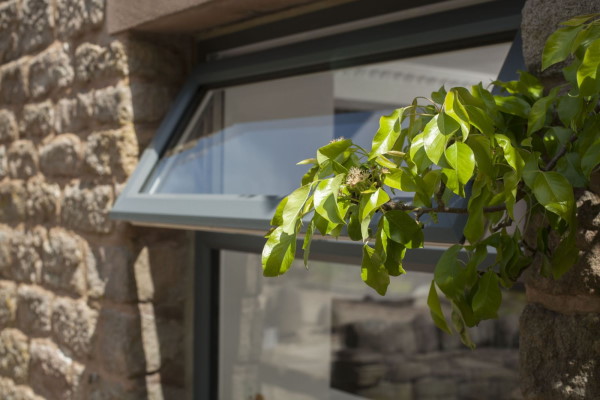All Categories
Featured
Table of Contents
Double Glazed Windows In Melbourne in Singleton Western Australia
That window can transfer more solar heat in winter than in summer. A west-facing window on a summer's afternoon has an angle of occurrence from near 0 up to 30 with a big effective location of solar radiation. A north-facing window, in summer, has a high angle of incidence and a low reliable area of solar radiation, so can transmit less heat than a west-facing one.

You can rapidly and quickly improve the thermal performance of your home by replacing your windows. There are thousands of types of glass and frames to choose from.
How Does Double Glazing Keep Heat Out? in Mundaring WA
There are many different kinds of glass items to pick from. Single glazing utilizes a single pane of glass. Single glazing with clear glass is not really effective when it pertains to heat loss or gain. To improve efficiency, you can utilize single glazing with a more energy-efficient type of glass such as low emissivity (low-e) glass.
The energy performance of IGUs likewise depends on: the residential or commercial properties of each layer of glass. Various glass types (for example, clear and low-e glass) can be put together in an IGU.
What Are The Advantages Of Double Glazed Windows? in Warnbro Western Australia
IGU cavities can be filled with air or a more inert, low-conductivity gas such as argon the width of the cavity. Wider cavities offer lower (much better) U values, with 12mm generally accepted as the favored gap how well the cavity is sealed.
If argon is set up to the cavity in location of air, wetness is dependably omitted the level of desiccant (drying representative). The spacer (metal or polymer strip) that separates the glass layers includes a desiccant to soak up any moisture. Inadequate desiccant may cause wetness to condense on the glass surface in cold conditions, reducing thermal performance.
Best Way To Block Sun Heat From Windows [Professionally] in Casaurina Perth
IGUs can provide better energy performance for all environments, particularly in heated and air-conditioned houses. Cross-section information of single, double and triple-glazing units Low emissivity glass (typically referred to as low-e glass) lowers heat transfer. Low-e glass might be either high or low transmission: High transmission low-e glass has a covering that enables daytime from the sun to pass into your home to attain excellent solar heat gain, but decreases the amount of the long wavelength infrared heat that can escape back through the window.
Low-e glass has either a pyrolytic finishing or a vacuum-deposited thin movie metal finish. Pyrolytic finishings are resilient and can be used for any glazing; vacuum-deposited coatings are soft and are just utilized within IGUs. Low-e coverings can considerably improve both U worth and SHGC; nevertheless, they must be used properly or they will either weaken or stop working to carry out as needed.
Window Glazing For Households - Energy in Marmion WA
Low-e finishes can be used in mix with clear, toned or reflective glass. Low-e finishes on glazing can decrease heat transfer where needed Photo: Department of Industry, Science, Energy and Resources Toned glass has colouring ingredients included throughout manufacture. It is readily available in numerous colours, normally bronze, grey, blue and green.
Table of Contents
Latest Posts
A Complete Guide To Double Glazed Windows in Padbury WA
Low Emission Glass - Glass Systems: Glass Manufacturer in Greenwood WA
Double Glazing Versus Secondary Glazing in Floreat Western Australia
More
Latest Posts
A Complete Guide To Double Glazed Windows in Padbury WA
Low Emission Glass - Glass Systems: Glass Manufacturer in Greenwood WA
Double Glazing Versus Secondary Glazing in Floreat Western Australia